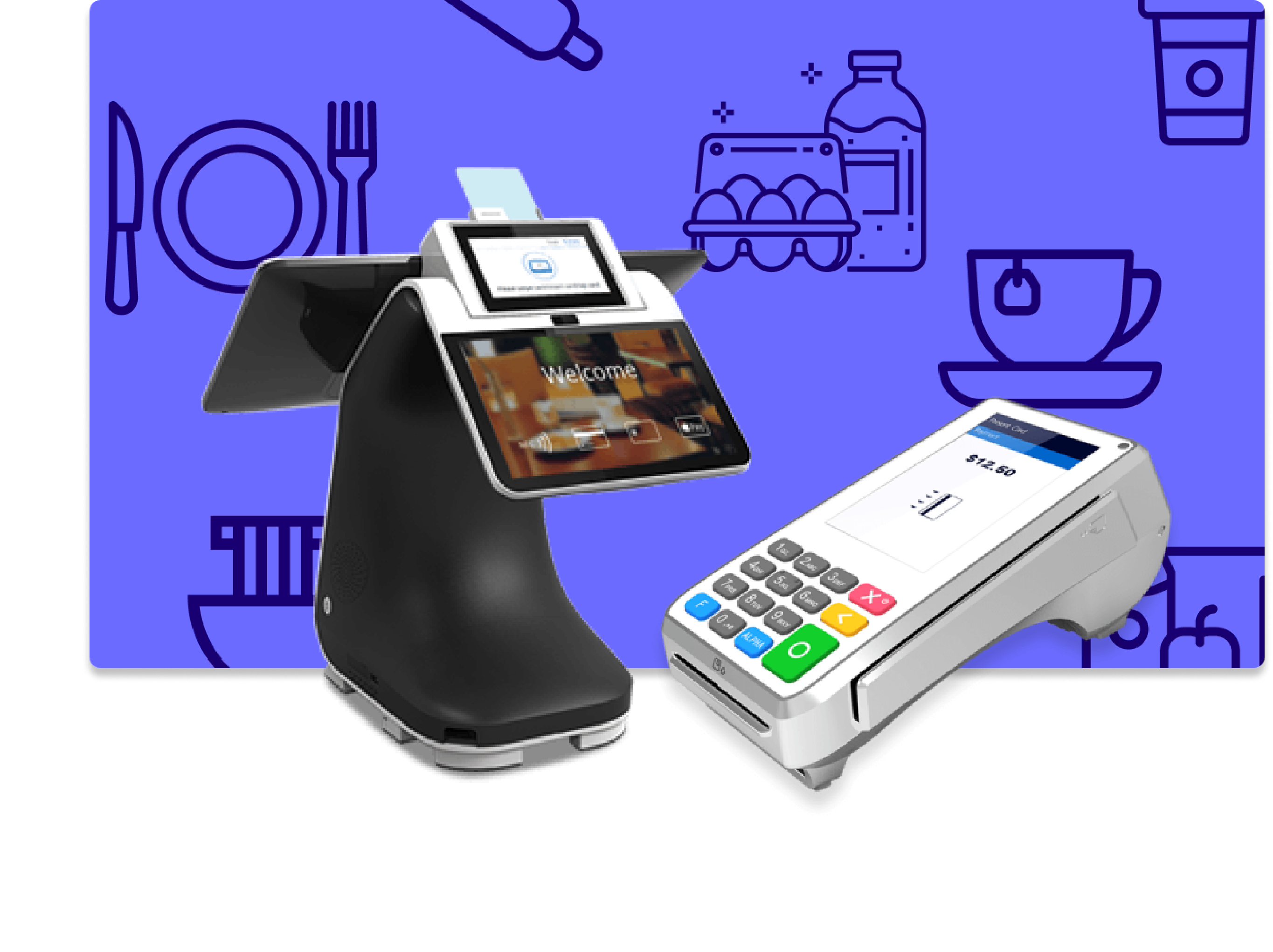Nuvioo POS is designed with your restaurant in mind!
Nuvioo POS has the tools to make your restaurant come to life with a point of sale system that is tailored specifically for you.
A team of less than 10? Ask for our Basic Kit
Why restaurants partner with Nuvioo's POS
Perfect match for your restaurant

Cafes, Food Trucks, & Ice Cream Parlors
Fast-Casual

Bars, Nightclubs, & Retails
Full Service
Trusted by leading brands worldwide

Schedule a Free Demo
By requesting a demo, you agree to receive automated text messages from Nuvioo. We'll handle your info according to our privacy policy statement.




